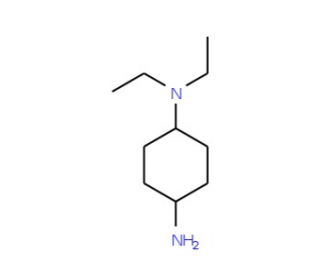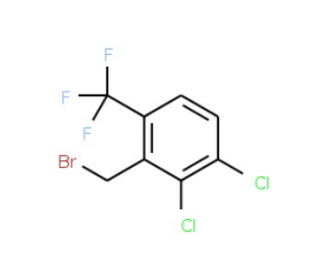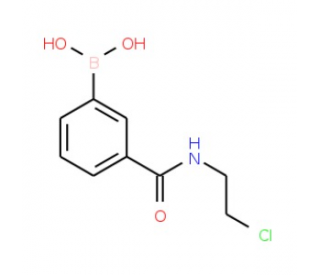详细说明
Species Reactivity
Human
Specificity
Detects human IL-1 RII in direct ELSAs and Western blots. When used in combination with the biotinylated human IL-1 RII affinity purified polyclonal detection antibody (Catalog # BAF263) in sandwich ELISAs, no significant cross-reactivity or interference was observed with recombinant human (rh) IL-1ra, rhIL-1 RI, recombinant mouse IL-1ra, or recombinant rat IL-1ra.
Source
Monoclonal Mouse IgG 1 Clone # 34141
Purification
Protein A or G purified from ascites
Immunogen
S. frugiperda insect ovarian cell line Sf 21-derived recombinant human IL‑1 RII
Phe14-Glu343 (Ser56Gly and Glu297Gly)
Accession # P27930Formulation
Supplied in a saline solution containing BSA and Sodium Azide.
Label
Alexa Fluor 700
Applications
Recommended
ConcentrationSample
Flow Cytometry
5 µL/10 6 cells
See below
Please Note: Optimal dilutions should be determined by each laboratory for each application. are available in the Technical Information section on our website.
Data Examples
Flow Cytometry | Detection of IL‑1 RII in Human PBMCs stimulated to induce Tregs by Flow Cytometry. Human peripheral blood mononuclear cells (PBMCs), stimulated to induce Regulatory T Cells (Tregs) and gated on CD4+, were treated with 10 ug/mL Anti-CD3, 5 ug/mL Anti-CD28, 10 ng/mL Recombinant Human TGF‑ beta 1 (Catalog # ), and 20 ng/mL Recombinant Human IL‑2 (Catalog # ) for 48 hours and stained with Rat Anti-Human LRRC32/GARP PE‑conjugated Monoclonal Antibody and either (A) Mouse Anti-Human IL‑1 RII Alexa Fluor® 700‑conjugated Monoclonal Antibody (Catalog # FAB663N) or (B) Mouse IgG1 Alexa Fluor 700 Isotype Control (Catalog # ). View our protocol for . |
Preparation and Storage
Shipping
The product is shipped with polar packs. Upon receipt, store it immediately at the temperature recommended below.
Stability & Storage
Protect from light. Do not freeze.
12 months from date of receipt, 2 to 8 °C as supplied.
Background: IL-1 RII
Two distinct types of receptors that bind the pleiotropic cytokines IL-1 alpha and IL-1 beta have been described. The IL-1 receptor type I is an 80 kDa transmembrane protein that is expressed predominantly by T cells, fibroblasts, and endothelial cells. IL-1 receptor type II is a 68 kDa transmembrane protein found on B lymphocytes, neutrophils, monocytes, large granular leukocytes, and endothelial cells. Both receptors are members of the immunoglobulin superfamily and show approximately 28% sequence similarity in their extracellular domains. The two receptor types do not heterodimerize in a receptor complex. An IL-1 receptor accessory protein that can heterodimerize with the type I receptor in the presence of IL-1 alpha or IL-1 beta, but not IL-1ra, was identified (1). This type I receptor complex appears to mediate all the known IL-1 biological responses. The receptor type II has a short cytoplasmic domain and does not transduce IL-1 signals. In addition to the membrane-bound form of IL-1 RII, a naturally-occurring soluble form of IL-1 RII has been described. It has been suggested that the type II receptor, either as the membrane-bound or as the soluble form, serves as a decoy for IL-1 and inhibits IL-1 action by blocking the binding of IL-1 to the signaling type I receptor complex. Recombinant IL-1 soluble receptor type II is a potent antagonist of IL-1 action.
References:
Greenfeder, S. et al. (1995) J. Biol. Chem. 270:13757.
Long Name:
Interleukin 1 Receptor II
Entrez Gene IDs:
7850 (Human); 16178 (Mouse)
Alternate Names:
beta; CD121b antigen; CD121b; IL-1 R beta; IL-1 RII; IL1R2; IL1RBCD121 antigen-like family member B; IL-1R-beta; IL1RII; IL-1RII; IL-1RT2; IL-1RT-2; interleukin 1 receptor, type II; Interleukin-1 receptor beta; MGC47725










 粤公网安备44196802000105号
粤公网安备44196802000105号